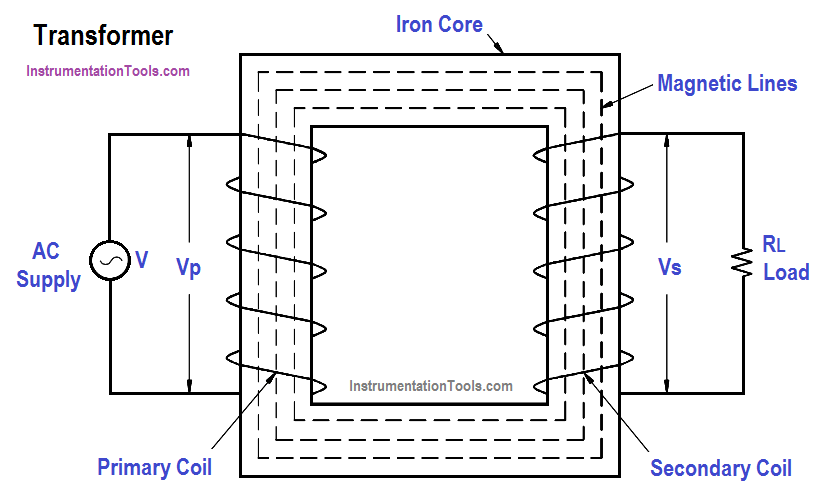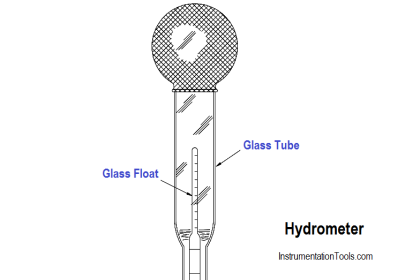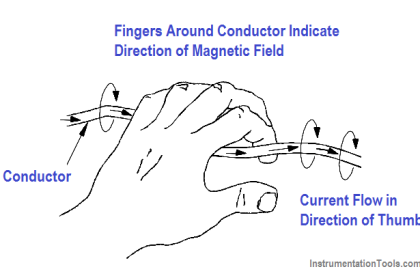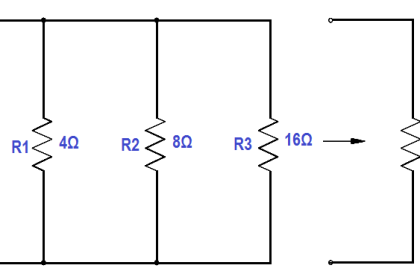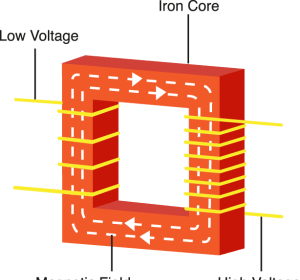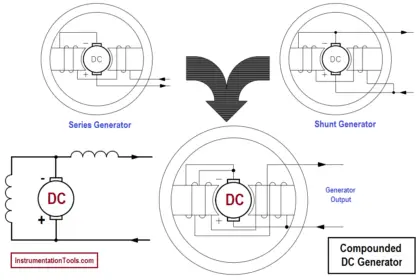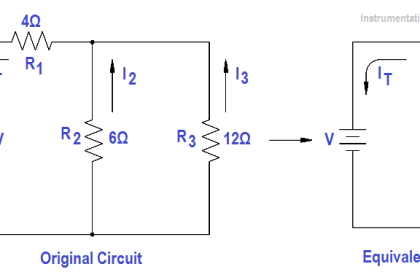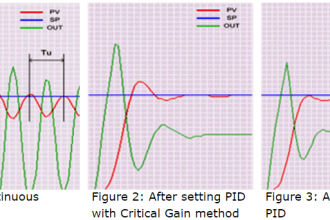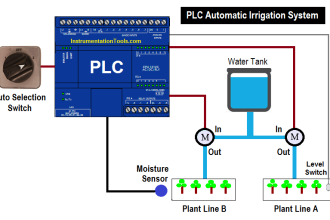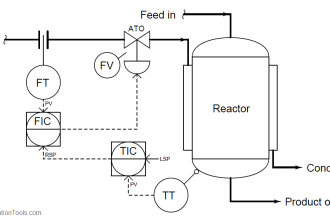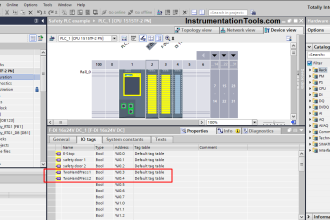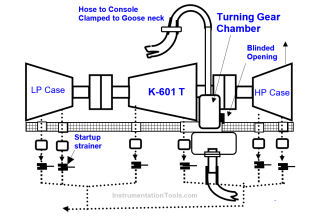Each winding of a transformer contains a certain number of turns of wire.
The turns ratio is defined as the ratio of turns of wire in the primary winding to the number of turns of wire in the secondary winding.
Turns ratio can be expressed using below Equation.

where
NP = number of turns on the primary coil
NS = number of turns on the secondary coil
The coil of a transformer that is energized from an AC source is called the primary winding (coil), and the coil that delivers this AC to the load is called the secondary winding (coil) (Figure 1).
